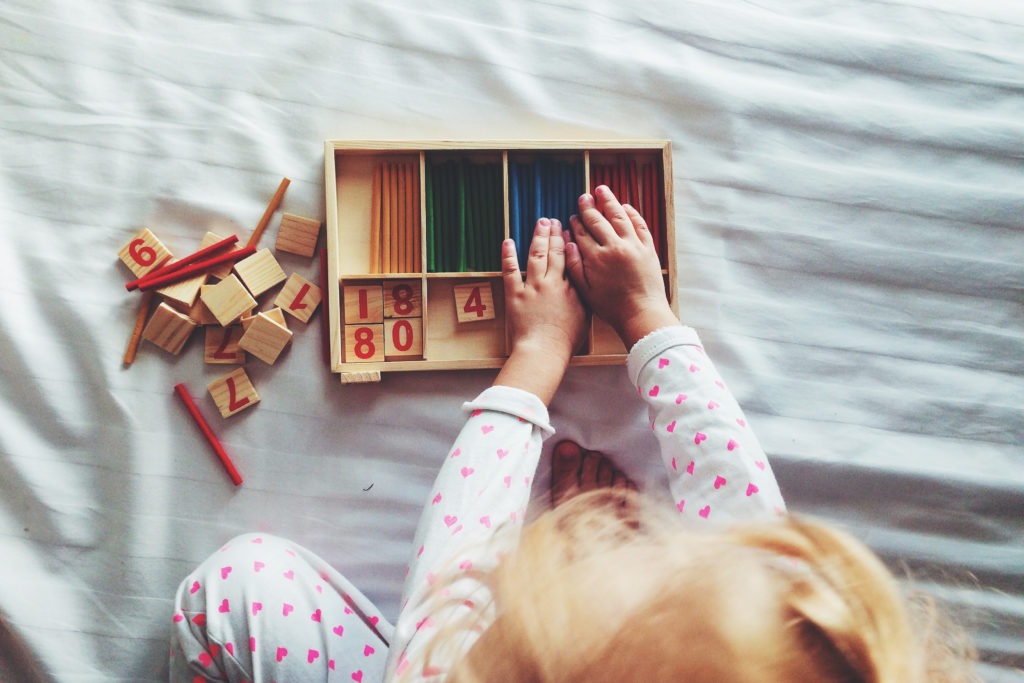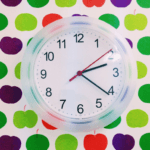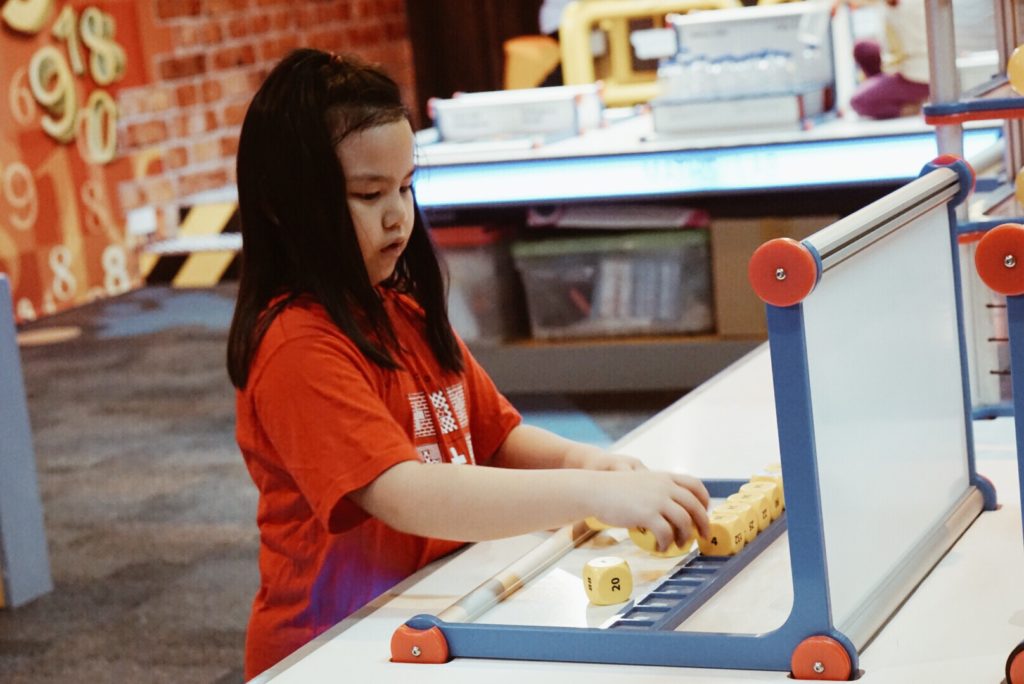What do year 2 learn in Maths
Year 2 is the end of Key Stage 1 and what Year 2 learn in Maths, will set the foundation for Key Stage 2.
The Maths curriculum has changed in recent years and there is a bigger emphasis on application of skills. This means that children no longer just learn how to add up and take away, as they did in the past, they now have to use this knowledge to problem solve.
The new curriculum has also tried to bridge the gap between Year 6 and secondary Year 7, because of this, some things that were previously taught in Year 7 (secondary school) have now been brought down to year 6 and this has led to a domino effect through all the other years of primary school. Therefore, some things that were previously taught in Year 3, have now moved to Year 2 and some of what was taught in Year 2 have now been moved to Year 1 etc.
So if you think, this all seems hard for such a young child, that’s because it is.
As Year 2 is the final year in Key stage 1, this is the year where everything a child has learnt from Nursery up to this year is tested. Children are encouraged to work more independently. Present their work neatly and clearly, and also begin to use their knowledge, to solve real life problems.
There are roughly 10 areas of Maths covered by the curriculum and we shall look at these below.
What Year 2 learn in Numeracy
1. Year 2 learn in Maths – Place Value
Year 2 learn about place value in maths and this year look at counting from any 2-digit number to 100, both backwards and forwards.
Children will count in jumps of 1, 2, 5, or 10, preparing them for their times tables.
They will also use the < > and = signs as well as number squares and number lines.
Children need to be able to write numbers in words and digits to 100, making suitable estimations for things.
They need to round numbers to the nearest 10, and understand the terms, tens, ones and units.
2. Year 2 learn in Maths – Addition and Subtraction
Children will need to recall addition and subtraction facts to 20 fluently. As well as find the inverse operation of each.
They will also need to double and halve numbers which are multiples of 10.
They will also link addition and subtraction to money, finding the total of amounts and change. Understand that £ and p are the units of money and be able to solve practical problems related to these.
3. Year 2 learn in Maths – Multiplication and Division
This year building on addition, children will learn to count in 2, 3, 5 from 0 both backwards and forwards.
They need to understand the term ‘multiple’ and know that multiplication is repeated addition.
Once they have learned their times tables, they will use their knowledge to problem solve.

4. Year 2 learn in Maths – Algebra
In its simplest form, this will be addition and subtraction calculations with numbers missing, such as:
2 + * = 6
Children will also need to solve sequences by working out patterns.
5. Year 2 learn in Maths – Fractions
Children must be able to count in fractions to 10. They need to be able to read, write an recognise fractions such as ½,1/4, 1/3 ¾. Be able to identify these fractions in shapes and amounts.
They also need to be able to recognise equivalents like two halves make 1.
4 quarters make 1 and so on.
6. Year 2 learn in Maths – Geometry of position and direction
This will use their knowledge of fractions to work out ¼ turns, half turns, ¾ turns etc. and be used with the ordinates N, E, S and W to travel in a given direction.
7. Year 2 learn in Maths – Geometry of shape
Here children need to look at 2D and 3D shapes, understand their properties, such as how many faces, sides, angles, vertices, edges, corners, especially as some of the vocabulary refer to the same thing.
They also need to find lines of symmetry in 2D shapes. In addition, children will need to construct – (with playdough), compare and classify shapes according to their properties. As well as complete puzzles and understand that angles can turn shapes to different directions clockwise and anti-clockwise.

8. Year 2 learn in Maths – Measurements
Children will need to understand a variety of measurements and be able to calculate and identify these.
Including lengths, mass, volumes/capacity and record the results using >, < and =
They will also need to use the units with each of these measurements correctly, for example, assigning kg and g to weight and cm and metres to length.
They will also look at temperature, and understand that the numbers tell us if something is hot or cold.
9. Year 2 learn in Maths – Time
Here, they will also need to be able to tell the time, reading the time to 15-minute intervals, such as quarter to and quarter past, but also in 5-minute intervals for digital time.
They will also need to understand that time can be represented differently on analogue and digital clocks.
10. Year 2 learn in Maths – Statistics
This section is particularly fun as children enjoy collecting data to create tallies to then convert them to pictograms and bar charts. They also need to be able to solve problems and extract information from charts and tallies too.
Targets for end of Year 2 Numeracy
- Learn to count, read, write and order numbers from 0 to 100 backwards and forwards
- Sequence numbers according to odd/even numbers, counting backwards or forwards by 1 or 10 places starting from double-digit numbers
- Add and subtract with two-digit and one-digit numbers.
- Understand place value
- Know that addition is the opposite of subtraction, and answers can be checked by doing the opposite
- Understand that multiplication is repeated addition
- Learn different ways of doing addition to solve simple problems
- Add using number bonds for 10, so that addition and subtracting can be done easily
- Know that halving is opposite of doubling
- Use fractions, where they will find 1/2 ,1/4, 3/4 and 1/3, of a shape or a quantity.
- Know by heart the 2, 5 and 10 times tables, including their multiples and division facts for the 2, 5 and 10 times-tables.
- Tell the time in five-minute intervals, using both analogue and digital time
- Draw measured lines to the nearest cm and read common measurements, for lengths, masses, capacities and temperature
- Suggest suitable equipment to measure masses, lengths and capacities
- Use mathematical names for 2-D and 3-D shapes, and describe properties
- Left, right, upwards, downwards, backwards, forwards etc. to describe direction, movement and position
- Understand movement using the compass directions and in quarter turns, clockwise or anti-clockwise.
- Use mathematical vocabulary to describe position, direction and movement
- Solve problems, explaining reasoning and showing simple understanding of how to work them out
- Use data-handling incl. bar charts and pictograms.
The new ‘mastery’ curriculum means children now also need to apply their knowledge to solve problems and challenges, as well as do calculations.
